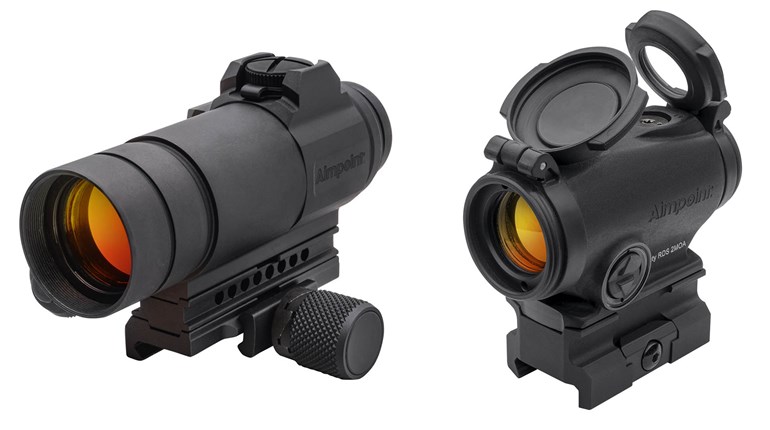
Carry Life ends a three-part series this week. In “Sanctuary and Security,” we’ve looked high (Part I) at an organization with national scope that helps worship communities plan, execute and train to coherent, overlapping levels of security—the National Organization of Church Security and Safety Management (NOCSSM).
We also looked low (Part II), so to speak, and found a 1,000-plus member church finding its way from trusting openness to realistic preparedness. With a small group of volunteers, the security team now ranges from handling medical issues and keeping daily order up to FBI-modeled firearms qualification in just two short years.
There were no real surprises: Both organizations are comprised of thoroughly decent folks who value their mission of worship and service to one another, and to their communities. Both know another unpleasant truth: Coarse times have made troubles a certainty; only their degree remains in question. They know another unpleasant truth: Coarse times have made troubles a certainty; only their degree remains in question.
If any convincing remains to be done, we offer another yardstick: One of our last forays included an evening out to the third in a series of local events called “Protecting Houses of Worship.” Hosted by a large downtown church in Colorado Springs and drawing widely from the surrounding community, the presenters included a first assistant U.S. attorney, the police chief, the sheriff, an FBI special agent, and a representative from the Anti-Defamation League. Seriousness and that drinking-from-a-fire-hose sensation was, therefore, upon us immediately.
We were surprised, for instance, to learn that the ADL is the leading Non-Governmental Organization (NGO) resource for law enforcement on church security. Its representative provided a concise but extremely comprehensive list of best practices for security at religious and communal institutions. The ADL also extensively monitors organized extremist groups, and publishes a variety of resources like this that are up-to-the-minute accurate (implications of the Paris attacks for the United States).
The FBI special agent followed suit with an exhaustive, meticulous presentation covering mass killing incidents and active shooter responses. The FBI’s materials—devoid of the media sensationalizing of these gruesome events—made for multiple useful takeaways: Many mass killing incidents are often “tipped” in advance by the shooter (so pay attention, and say something). Another important fact is the speed with which these events unfold—37 percent are over in five minutes, and the average duration is only 12 minutes.
The FBI presentation also introduced a very compelling video called “Run, Hide, Fight.” Produced by the Houston Mayor’s Office of Public Safety and Homeland Security, it dramatizes an active shooter event and outlines the three strategies that comprise the title. The production values are high, and the content we could only describe as “usefully gritty”: no hint of glamor but unquestionably life-saving in the right—or horribly wrong—circumstances. (While the “fight” component does not include a firearm, it paves the way, we thought, for potentially productive discussion in that area.)
Many aspects of the ADL and FBI presentations were reprised in a panel discussion at the end of the evening. Again, takeaways both broad and concise emerged:
- LE response time—straight from both the chief of police and the sheriff—is six to eight minutes;
- Every house of worship is a target;
- Your first call to law enforcement should not be for help. Establish relationships with every first-responder organization you can;
- Those agencies will come out and help you with advice on facilities improvements for better security and safety within their areas of expertise. Some can even help train your volunteers;
- They’ll also share intelligence about known threats (that’s why establishing relationships is so important);
- The are lots of ways to attack churches other than firearms—vehicles and explosives are increasingly likely;
- Don’t ignore those “doesn’t look right” sensations: They can be probes, diversions or outright attacks, and all are a problem; and
- Have a plan, train to that plan, and execute that plan, (because) “It’s more than likely going to be up to you.”
Think particularly about those last two. They are good advice, we thought, for the sanctuary, roadside or just about anywhere.
Now Carry on.


































